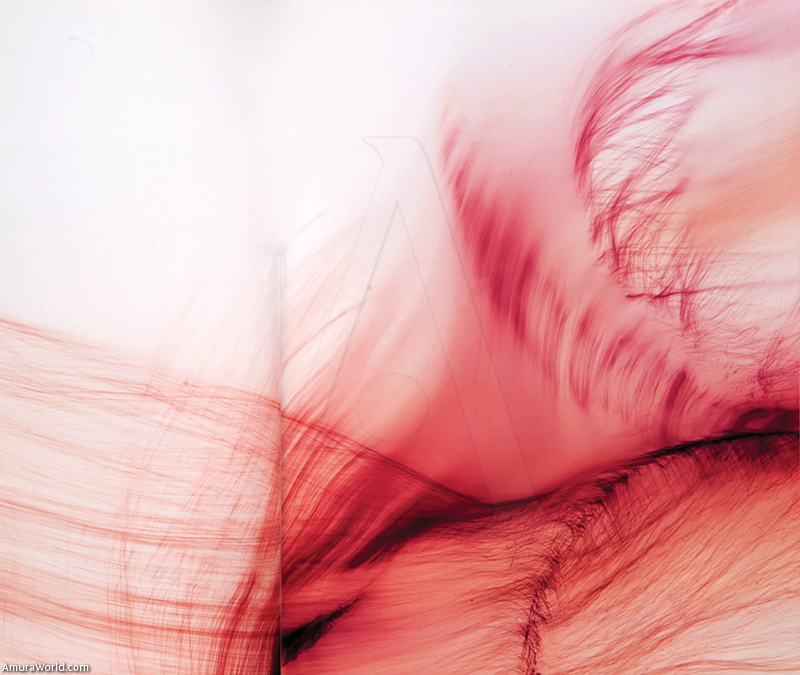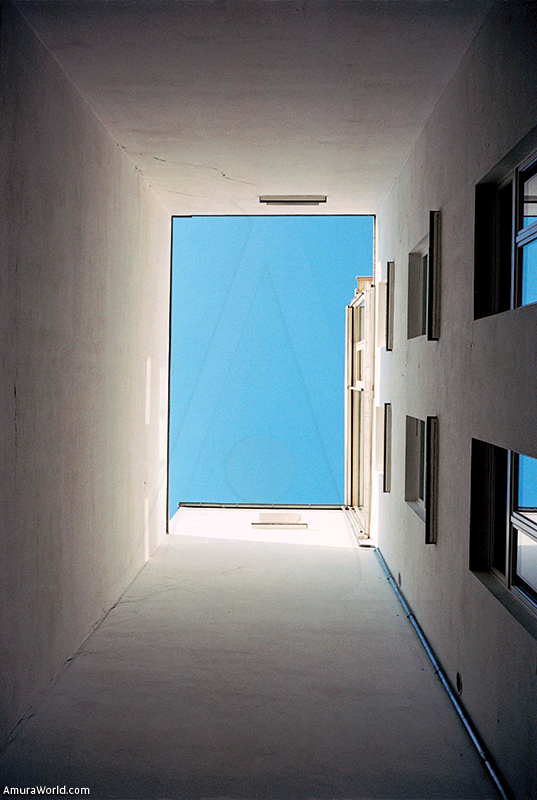The “Hirshhorn Museum and Sculpture Garden”, in Washington, DC, is currently exhibiting the Wolfgang Tillmans exhibition through August. The exhibition has already visited the Chicago Museum of Contemporary Art and the Hammer Museum in Los Angeles. We can expect it here in Mexico at the Tamayo Contemporary Art Museum in 2008. The exhibition brings together approximately 300 photographs of the German artist born in Remscheid in 1968.
In the eclecticism of Wolfgang Tillmans’ photographic work, we see one by one the substrate layers of the experience as vital. We could think that each photograph functions as a self-portrait because it traces the photographer’s journeys around the world and in particular, his way of observing. His photographs are a reflection of an intense stare at the surface, dealing with the ordinary with a relentless persistence. They instill desire and beauty through the contingent pores of the world’s skin. Daily, sexual and genetic roles, the subjectiveness and the ways of life of his generation are portrayed in all their intensity through the Tillmans’ objective.
He constantly challenges established conventions of photography, including all genres in his work: still life, architecture, landscapes, portraits, documental photography and even, from the 90s, abstract images achieved without using the camera. The use montage in his work has reformed traditional montage practices, taking photography to the limits of installations of the exhibition venue. In his exhibitions, we find formats that vary from postcard-size to large-format images that cover an entire wall. Few images are framed since most of them are attached to the wall with adhesive tape or clips, or are simply placed horizontally on tables. Using this unusual mounting method, Tillmans establishes networks or fibers of meaning between his photographs, which diverge in its viewing as they alternate from one exhibition to the other. He works continually with all his photographic material, images from the beginnings of his production are arranged next to his most recent work, thus activating new link when viewing the body of work as a whole.
I transcribe an extract of a text by artist Julie Ault, taken from the exhibition catalogue: “An ever-growing community of images is the dynamic repertoire from which various pictorial and symbolic alliances and juxtapositions are formed, disassembled, and reformed in his installations and publications over time.” There is a basic directive in Tillmans’ work, which is, the sense of the collective, the communal, the democratic. No image weighs over another, the spectator decides dynamically and self-consciously how to face the collection of images. The display of a sheet of paper failing to the ground is portrayed with the same intensity as a swimming pool, a political demonstration or press photographs of the war in Iraq. Beginning from the multiplicity of images and the randomness with which they are arranged next to each other, Tillmans appeals to the spectators’ experiences, to their sensory devices.
The feeling of “everydayness” in his still-life photographs includes casual events that can vary from the ordinary, such as a kitchen table to photographs of clothing in which the way it is draped and arranged is almost gestural, bears witness to the absence of what he has used and exhausted, what he has left to fall over the banister. That gesture itself illustrates the essence of things and does not imply its necessary but its contingent being, its use and wear. Tillmans is the chronicler of an entire generation of alternative youth. We trace the beauty even in the anodyne of the portraits of his friends as models and, as in the case of Nan Goldin- of spokespersons of their generation. Each image is a landscape collected from personal experience that status the particular way of observing and inhabiting the world of an authentic collector of beauty.
In images that result from his experiments in the dark room, he has completely dispensed with the use of the negatives generated by the camera. Washed-out colors and pigments that run across the paper to form lines and fibers refer to the body and its visceral elements. Chromatic hemorrhages allude to the muscle fibers and hair with a force that could be achieved by the realism of a photograph of the body.
Tillmans’ work breaks with the hierarchy that establishes the order of things, starting with his career that began in the early 90s and has combined the world of art and fashion. His work has been displayed in museums such as the Kunsthalle in Zurich (1995), the Reina Sofía in Madrid (2002), the Tate Gallery in London (2003), which won the Turner prize in 2000, but has also been published in fashion magazines such as ID and The Face, using models such as Kate Moss and musician Moby.
Text: Anarela Vargas ± Photo: Cortesía de Hirshhorn Museum and Sculpture Garden.






